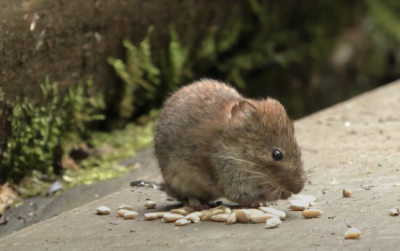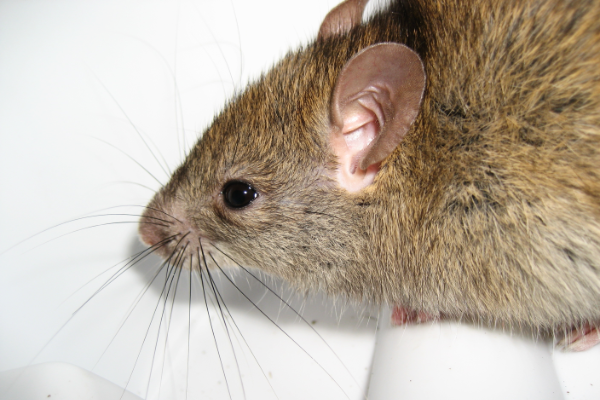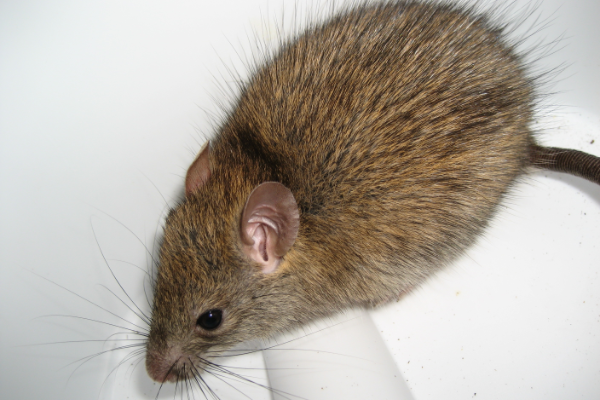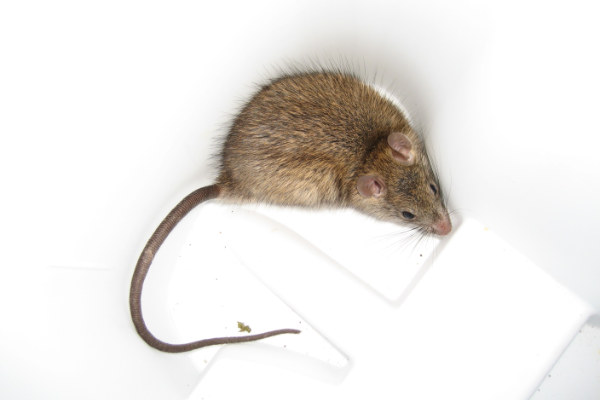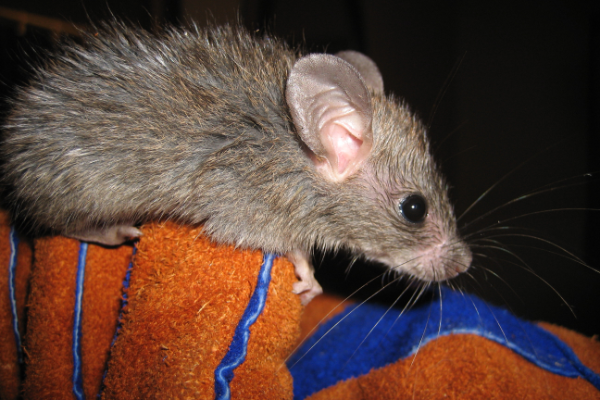Description
The Mighty Little Mouse
When you think of a mouse what do you think of? A character in a cartoon? A pet from a pet store? Food for some cultures or animals? A pest? All of these are correct. The mouse is a widespread mammal that is present in just about every country in the world. From the craggy mountains to the forested lowlands, mice have adapted and survived in harsh climates and areas with many predictors.
Just like the name rat, the name mouse is a common name, not scientific. Rather, there are hundreds of different types of species originating from the old-world mouse, Murinae, and the new-world mouse, Sigmodontinae. The most common mice are house mice, field mice, wood mice, and deer mice. However, if you go to your local pet store, exotic animal store, or zoo you are likely to find many other varieties available to see and learn about.
Appearance
The common mouse is small in size, usually only 7 inches in length at max. Their heads are small compared to their bodies and are triangular in shape with a pointed muzzle. Their ears and eyes are relatively large compared to their head. The eyes are usually black or brown but some varieties have red eyes. The bodies of mice are oval or elongated in shape. The tail is small or thin and usually is covered in hair, but not necessarily. Not all varieties of mice have small tales. The kangaroo mouse, which is predominantly found in the southwest of the United States, has a very long tail that can measure twice the body length. Colors are most commonly variations of brown, black, and white.
Diet
The common thought is that the mouse survives solely off of cheese. This may be correct if cheese was the only food available. However, mice are omnivores, which means that they eat both plants and meat. Most commonly, their diets consist of fruits, nuts, and grains. Because of their natural scavenger mentality, they have evolved to seek and find anything that is edible and a source of nutrition. Because of this, they tend to eat anything and everything readily available and not too far away.
When faced with a lack of food, mice have been known to eat their own feces or other mice. Mice have a very fast metabolism which requires them to eat between 15 and 20 times per day. Due to the large number of meals, mice tend to live near sources of food. This is why they tend to congregate around garbage, open food sources, crop fields, or other centralized food sources. As they wander and explore their domain, they are able to use their whiskers to determine changes in terrain and changes in temperature.
Behavior
Mice are social creatures. They are able to communicate via normal sounds and ultrasonic sounds. They live in family groups and are friendly among the group. In the wild they are not friendly with humans or other animals due to the risk of nearby predators. Cats, dogs, birds, snakes, and other predators are the most dangerous animals to mice in the wild. However, tamed or domesticated mice are friendly to humans and other animals that they live with. Due to the risk of predators, mice in the wild usually only live between 4 – 5 months. In captivity, mice can live up to 2 years.
During this life span, mice can start breeding early and will continue to breed until death. A female mouse is ready to carry babies and give birth anywhere between 4 and 7 weeks old. After 19 to 21 days the pregnancy creates a litter of 4 to 12 baby mice. The male mouse is called a buck. The females are called does. Babies are called pups or pinkies.
Habitat
A mouse’s habitat is related directly to its source of food. Mice live, breed, and eat all in the same or nearby location. They want to have a small but protected domain that consists of a protected den and a consistent source of food. If you find a readily accessible source of consistent food you will most likely find a den of mice nearby. Mice are burrowers. This means that they dig holes into the ground, trees, bushes, homes, or anything that could be used as a dug-out cave. In the wilderness, mice will often use rotten and fallen trees or stumps as dens or dig holes straight into the ground. Because of their small size, the dens are usually only at most a foot under the surface.
In more urban areas, mice will live in dark and quiet areas of a building. This often means either in the attic or the basement. Anywhere the mice can be in solitude you may find a den. Around the den you may find chewed wires, paper, wood, or paint. The mice are not eating your house or building but using the chewing pieces as material to build a nest. The mice need a quiet and dark space because they sleep during the day and come out to feed during the night, making them nocturnal mammals.
Mice vs Rats
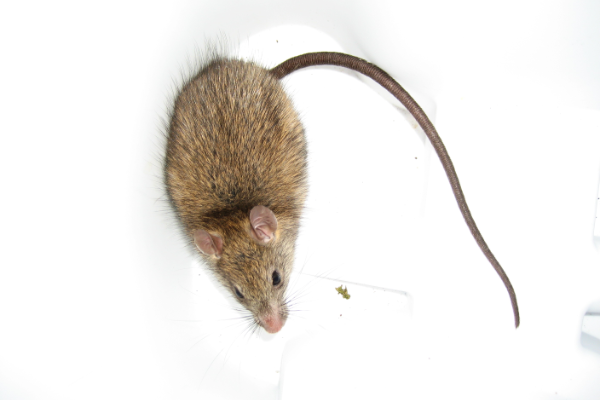
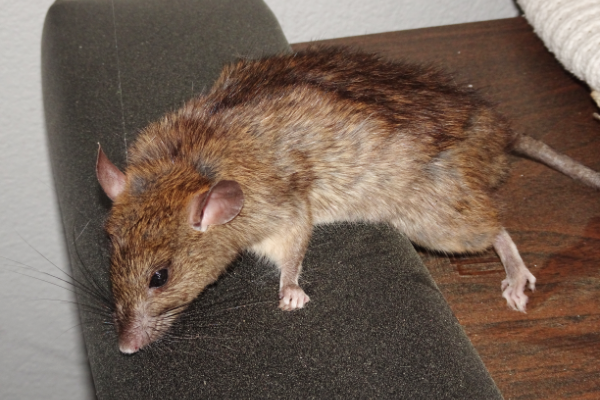
The name mice and rat are often interchanged. Both are in the rodent family and have old-world and new-world varieties. Both the mouse and rat names are common names and not scientific names but there are major differences between mice and rats. Scientifically, mice have 20 chromosome pairs while rats have 21 pairs.
In appearance, rats are always bigger, have a rounder body with a blunt muzzle and longer tail. Their eyes and ears are small in proportion to their heads than mice. Rats also live longer than mice, though not that much, and dig deeper dens. Both rats and mice are highly intelligent creatures and are used in a multitude of different tests. They are both vilified for their ability to carry diseases, over 200 potential diseases, but are also extensively loved for their ability to be great pets.
